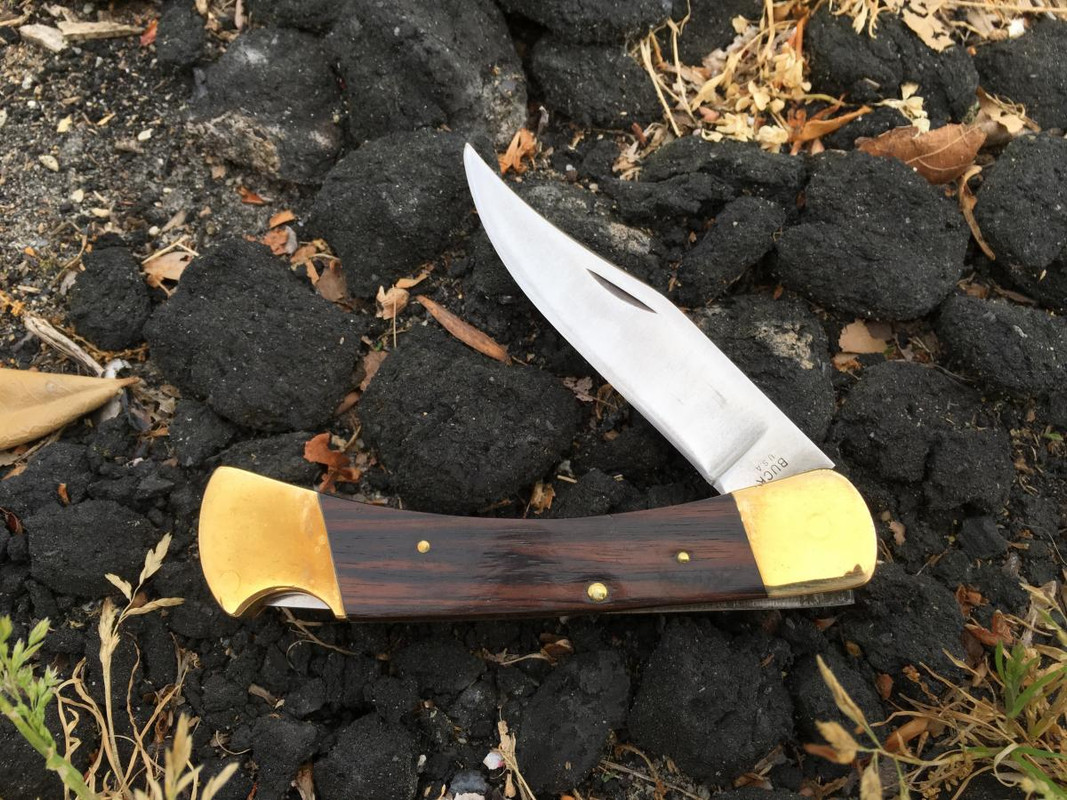eisman
Platinum Member
- Joined
- Sep 9, 2009
- Messages
- 6,989
A recent arrival of a Maher & Grosh (one of the "replica" from a couple years back) and a original Flylock (pre-1928) sitting together on my desk got me to wondering. Are the knives we see as "traditional" actually smaller than the commonly used pocket knives of 100-150 years ago? Both of those examples dwarf a Queen Stockman pattern and everything else within arms reach, and by extension most of what I have stashed elsewhere.

Is the reason it's so hard to come by the larger folders because that's what was primarily carried and used? Are the guys running around with the "large" modern patterns really using blades closer to what our forefathers used for their daily chores? (Blasphemy, I know...) Would Hemingway prefer that 4" bladed Spyderco to Case's Peanut? Would General Sherman carry Pro-Tech?

Or in another direction; does the common convention for carrying a knife trend to smaller blades as society becomes less rural? Certainly the daily use and fashion have influenced knife styles; that's a given. But is the current traditional really representative of what you'd find in the pocket of "Joe Average" circa 1870?

Is the reason it's so hard to come by the larger folders because that's what was primarily carried and used? Are the guys running around with the "large" modern patterns really using blades closer to what our forefathers used for their daily chores? (Blasphemy, I know...) Would Hemingway prefer that 4" bladed Spyderco to Case's Peanut? Would General Sherman carry Pro-Tech?

Or in another direction; does the common convention for carrying a knife trend to smaller blades as society becomes less rural? Certainly the daily use and fashion have influenced knife styles; that's a given. But is the current traditional really representative of what you'd find in the pocket of "Joe Average" circa 1870?

 .
.
